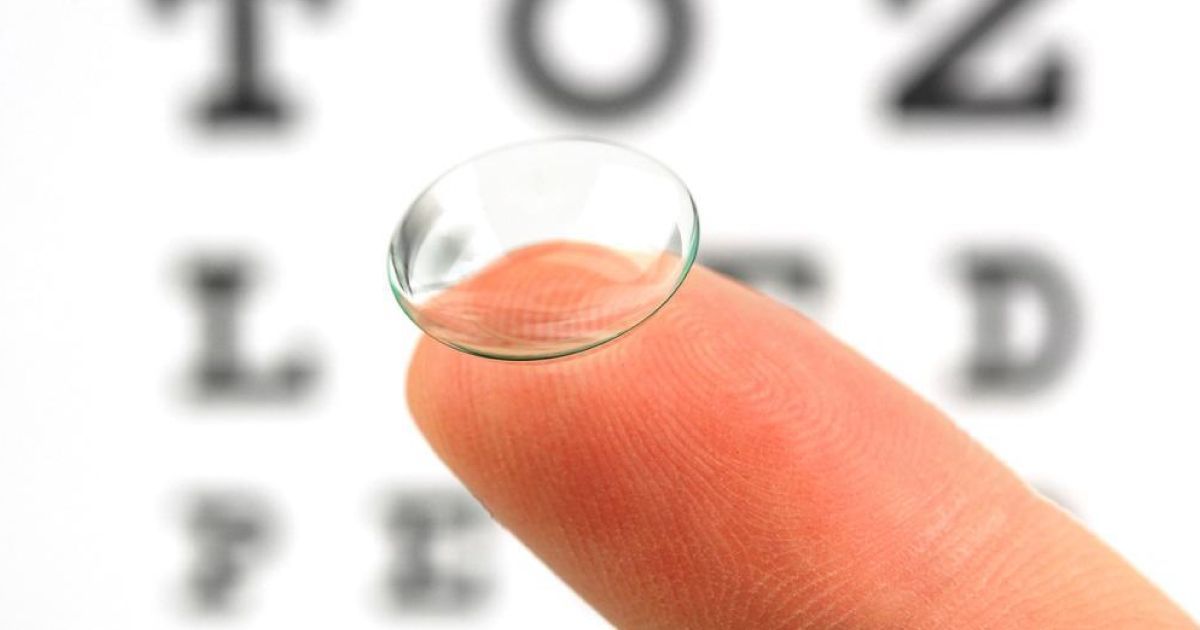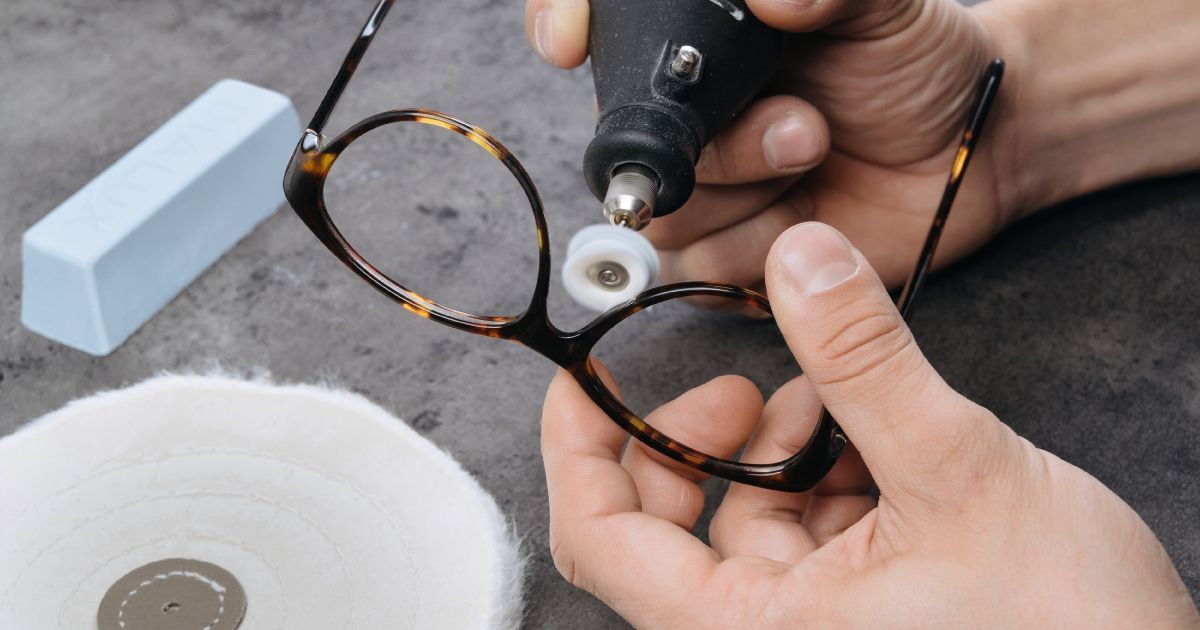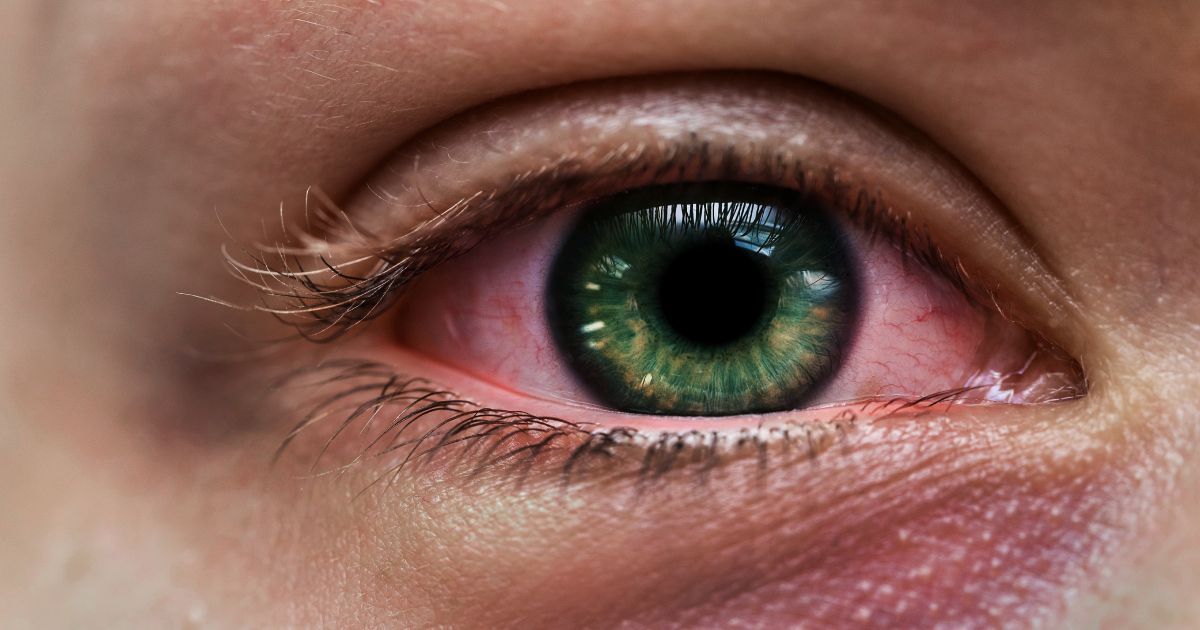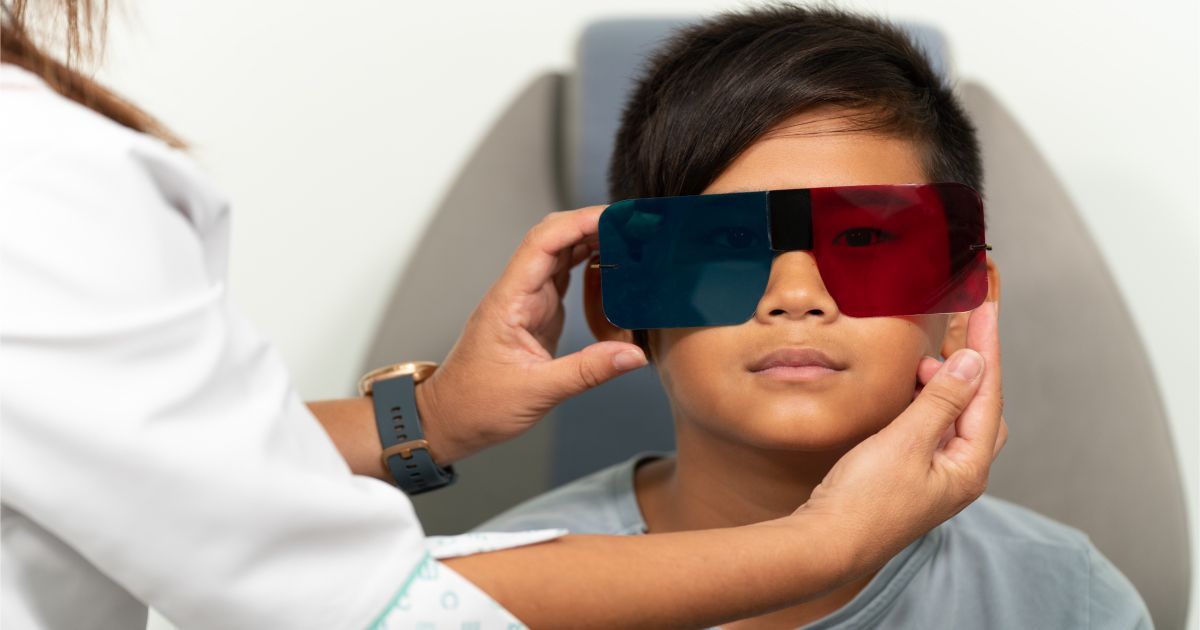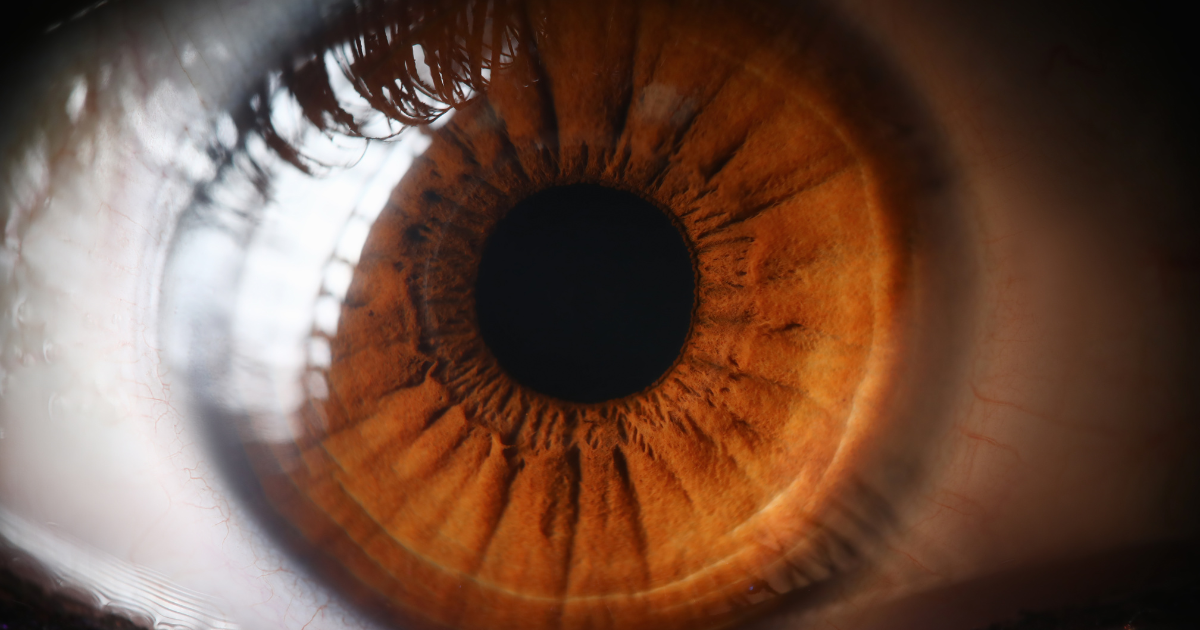Understanding Toric Contact Lenses: Precision Vision Correction
Photo: Stock Photo
Read time: 4 minutes
Do you experience blurred or distorted vision at certain angles? If so, you may have astigmatism - an irregularity in the curvature of your cornea or lens. While eyeglasses have long been the traditional solution, toric contact lenses provide a comfortable and convenient alternative for those seeking sharp, clear vision throughout the day.
What Are Toric Contact Lenses?
Toric contact lenses are specially designed to correct astigmatism, a common refractive error caused by an irregular curvature of the cornea or lens. Unlike spherical lenses used for nearsightedness or farsightedness, toric lenses have two different curvatures – one for correcting astigmatism, and another for correcting myopia (nearsightedness) or hyperopia (farsightedness). These lenses must maintain their precise orientation on the eye to function correctly. If they rotate out of position, the astigmatism correction will be ineffective, leading to blurred vision. To prevent this, toric lenses incorporate stabilization mechanisms, such as prism ballasts or thin-zoned designs, which help keep the lens aligned with the astigmatic axis.
When Are Toric Contact Lenses Prescribed?
Toric contact lenses are typically prescribed for individuals with moderate to significant astigmatism, which cannot be adequately corrected using spherical lenses. Astigmatism can occur in conjunction with nearsightedness or farsightedness, further complicating the required vision correction.
Ophthalmologists and optometrists may recommend toric lenses for patients who:
- Have difficulty achieving clear vision with eyeglasses or spherical contact lenses due to astigmatism.
- Prefer the convenience and peripheral vision offered by contact lenses over eyeglasses.
- Lead active lifestyles where eyeglasses may be impractical or uncomfortable.
- Experience discomfort or headaches when wearing ill-fitting eyeglasses for astigmatism correction.
How Do Toric Contact Lenses Differ from Regular Contacts?
While toric lenses share many similarities with regular spherical contact lenses, they possess several key differences. Toric lenses have two distinct curvatures – one for correcting astigmatism and another for correcting myopia or hyperopia, while regular contacts only have a single curvature. To maintain their precise orientation on the eye, toric lenses incorporate stabilization mechanisms like prism ballasts or thin-zone designs, which regular contacts do not require.
The fitting process for toric lenses is more involved, as the lens orientation must be carefully measured and adjusted for optimal vision correction. Due to their specialized design and more complex manufacturing process, toric contact lenses tend to be more expensive than regular spherical lenses.
The Toric Contact Lens Fitting Process
Obtaining toric contact lenses requires a comprehensive fitting process by an eye care professional. Here's a general overview of the steps involved:
- Eye Examination: Your eye doctor will conduct a thorough eye examination to assess your degree of astigmatism, as well as any other refractive errors or eye conditions.
- Corneal Mapping: Using specialized instruments, your eye doctor will measure the curvature and irregularities of your cornea, a process known as corneal mapping or topography. This data is essential for determining the correct toric lens parameters.
- Trial Lenses: Your eye doctor will have you try different toric lens options to evaluate their fit, orientation, and visual acuity. This may involve testing multiple lenses until the ideal fit is achieved.
- Lens Evaluation: Once a suitable toric lens has been identified, your eye doctor will assess how well it corrects your astigmatism and overall vision. They may also observe how the lens rotates or moves on your eye during blink cycles.
- Follow-up Appointments: After dispensing your toric contact lenses, follow-up appointments will be scheduled to monitor lens performance, comfort, and any potential complications or adjustments needed.
Caring for Toric Contact Lenses
Proper care and handling of toric contact lenses are crucial to maintaining optimal vision correction and lens longevity. Follow your eye doctor's instructions for lens insertion, removal, and cleaning carefully. Use only the lens care solutions recommended by your eye doctor, as some products may interact differently with toric lens materials. Never sleep in toric lenses unless they are approved for overnight wear by your eye doctor. Replace your lenses as directed, adhering to the recommended replacement schedule. Avoid exposing your lenses to water from sources like swimming pools, hot tubs, or showers, as this can increase the risk of eye infections.
Beyond Vision Correction
While toric contact lenses primarily address astigmatism, many modern toric lenses offer additional features and benefits. For individuals with presbyopia (age-related farsightedness), multifocal or bifocal toric lenses can correct both astigmatism and the need for near vision correction. Some toric lenses incorporate UV-blocking materials to help protect your eyes from harmful ultraviolet radiation. Toric lenses are available in various tint options, including those designed to enhance contrast, reduce glare, or change eye color cosmetically. Many contemporary toric lenses are made from highly breathable silicone hydrogel materials, promoting increased oxygen permeability for healthier, more comfortable wear.
The Takeaway
Toric contact lenses offer a versatile and convenient solution for individuals with astigmatism, providing clear, stable vision throughout the day. While the fitting process is more involved than regular spherical lenses, the benefits of sharp, crisp vision make toric lenses an invaluable option for many. If you suspect you may have astigmatism or are experiencing vision difficulties, consult with an eye care professional. They can determine if toric contact lenses are the right choice for you and guide you through the fitting process, ensuring optimal vision correction and comfort.
Ready to explore if contact lens wearing is right for you? Make an appointment today for a comprehensive eye exam and contact lens fitting.
The information provided in this article is intended for general knowledge and educational purposes only and should not be construed as medical advice. It is strongly recommended to consult with an eye care professional for personalized recommendations and guidance regarding your individual needs and eye health concerns.
All of Urban Optiks Optometry's blog posts and articles contain information carefully curated from openly sourced materials available in the public domain. We strive to ensure the accuracy and relevance of the information provided. For a comprehensive understanding of our practices and to read our full disclosure statement, please click here.
OUR LATEST POSTS


© Urban Optiks Optometry, Inc. 2009-2024
All Rights Reserved
Location
The Cairo Building
3788 Park Blvd, Suite 5
San Diego, CA 92103
Phone: 619.683.2020
Text: 619.683.2020
Fax: 619.683.2111
Email: info@uoosd.com
Hours
Monday: 9 am – 7 pm
Tuesday: 9 am – 6 pm
Wednesday: 9 am – 6 pm
Thursday: 9 am – 7 pm
Friday: 9 am – 6 pm
Saturday: 9 am – 5 pm
Sunday: Closed


